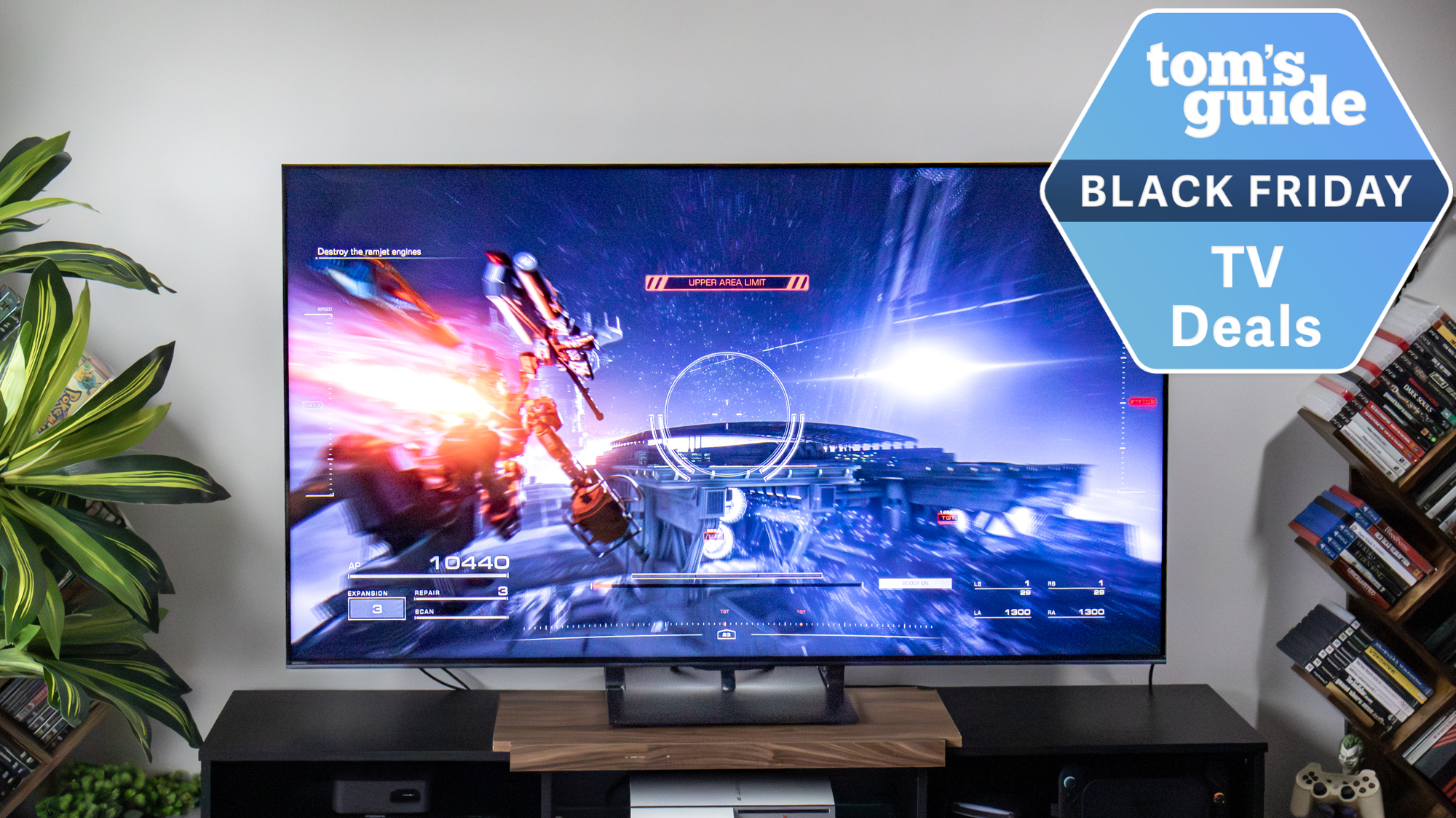I tried the DJI Power 2000 to keep my fans running during an NYC heatwave — here's how long it lasts
Turns out, the folks who make flying cameras also know how to keep your life powered during a blackout
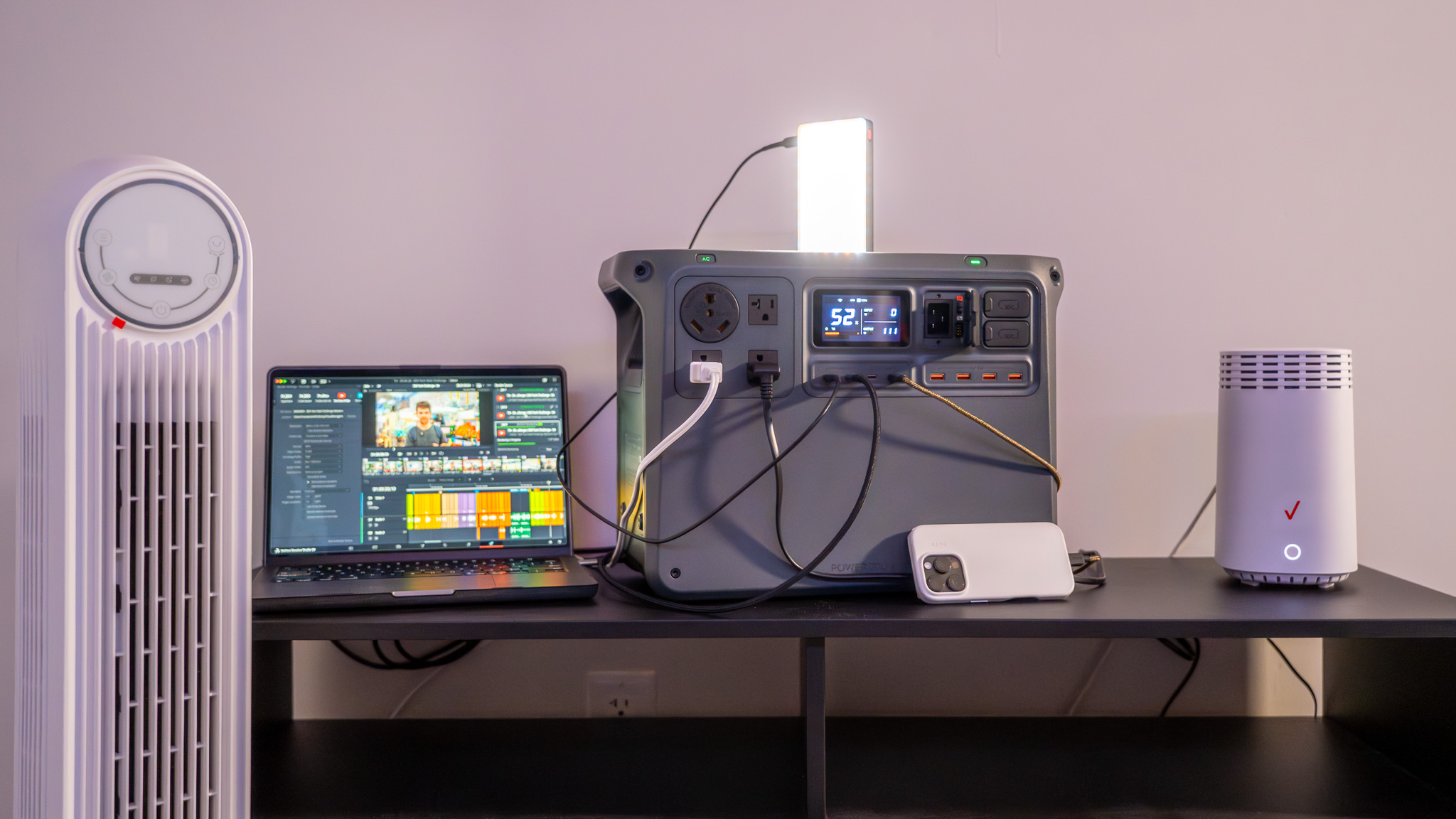
A few weeks ago, New York City was basically melting. Triple-digit heat, overloaded power grids, and power outages two days in a row. Tens of thousands of people were affected, with the extreme heat straining power systems and causing problems around the Tri-State Area. All of New York City was being asked to conserve power.
It’s the kind of scenario that turns a normal summer day into a sweaty, anxious mess—and that’s exactly what happened to me. But here’s the twist: I got through it with help from a brand I usually associate with flying cameras, not power stations.
You probably know DJI for their drones and camera gear, like the Avata 2 FPV and the RS 4 Mini gimbal. Technically, DJI’s been making power stations for a few years, but it wasn’t really on my radar until this new 2,048Wh model landed. So when I first heard DJI was launching the Power 2000, I wanted to see what a drone company making giant battery boxes was like. And it couldn’t have come at a better time.
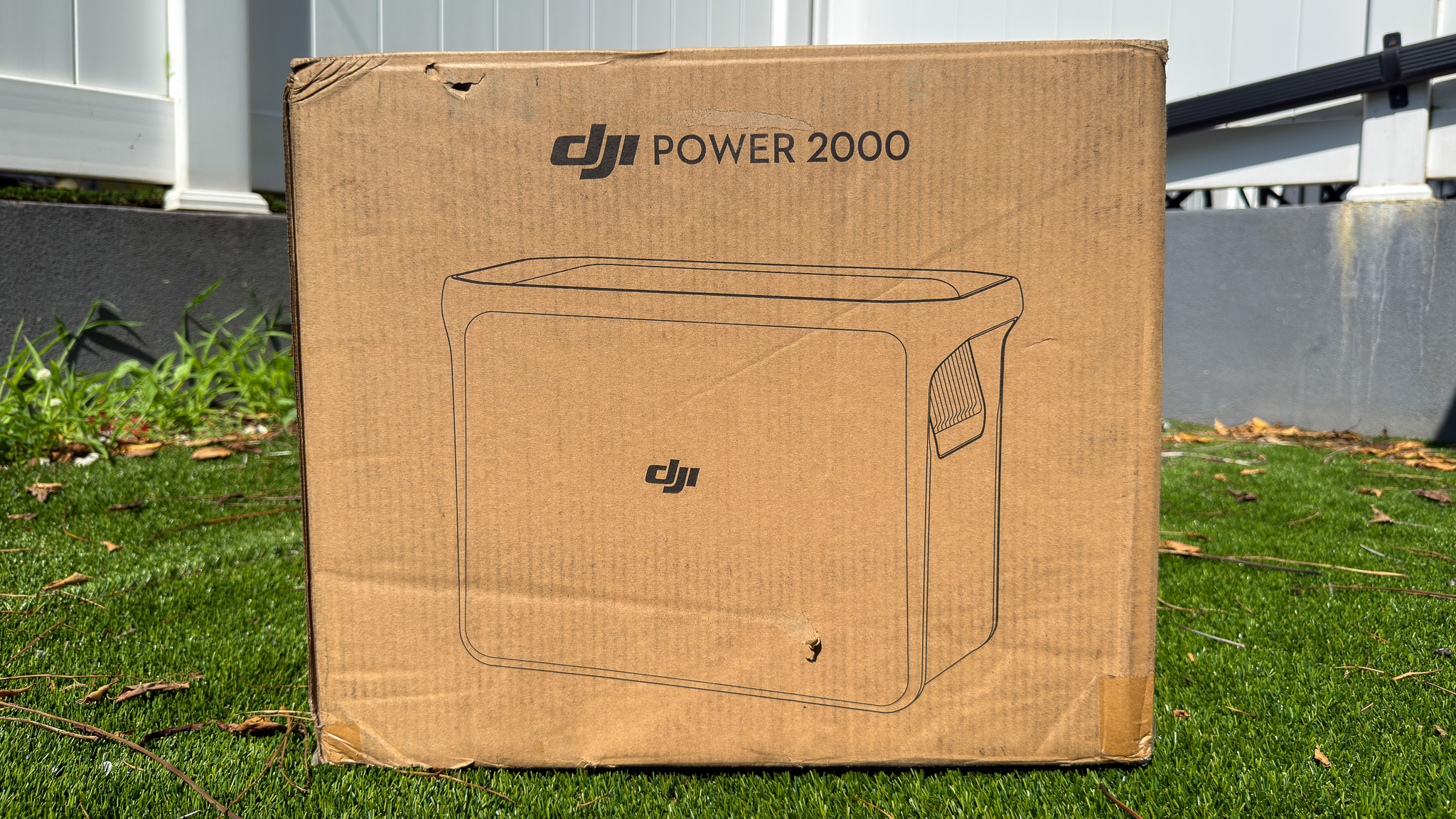
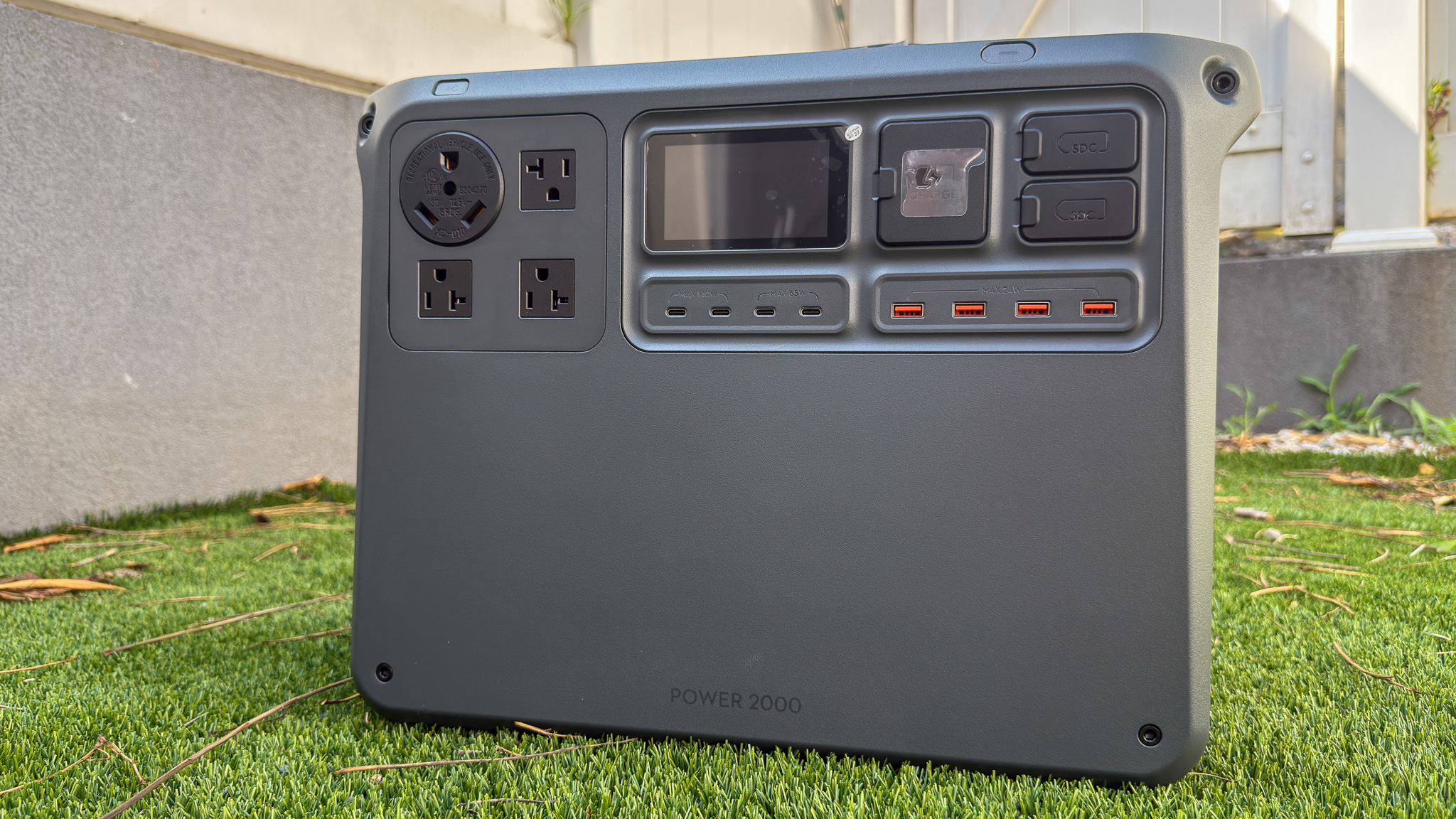
What can this do?
The DJI Power 2000 is a chunky, roughly 50-pound power station capable of steadily maintaining up to 3,000W of AC output. It can recharge to 80% in just 55 minutes plugged into AC power, and hit 100% in about 90 minutes, which is impressive for a battery this size.
That’s enough juice to run not just small gadgets but genuinely useful household items like a refrigerator or microwave. When my power went out the other day, I kept a floor fan running nonstop so the house didn’t turn into an oven, which, within five minutes of killing the AC, it loves to do. I also kept my internet router and essential gadgets like a portable light and my MacBook Pro powered, so I could keep working and checking the outage maps obsessively.
Even beyond blackout moments, this thing has been handy. Around the house, it lets me power my shop vac when I’m out in the yard cleaning up leaves and weeds and far away from outlets. I’ve also used it to charge my Urtopia Carbon Fold 1 e-bike and keep my camera gear powered during a July 4th weekend road trip.
Just like DJI’s other hardware, this thing is built extremely well, with big handles on each side. I wish DJI had followed Anker’s lead with the SOLIX F2000, which has wheels and a built-in suitcase-style handle to make it easier to move around rather than having to lift it or rely on a hand truck—which yes, DJI does also sell if you want a branded one.
Get instant access to breaking news, the hottest reviews, great deals and helpful tips.
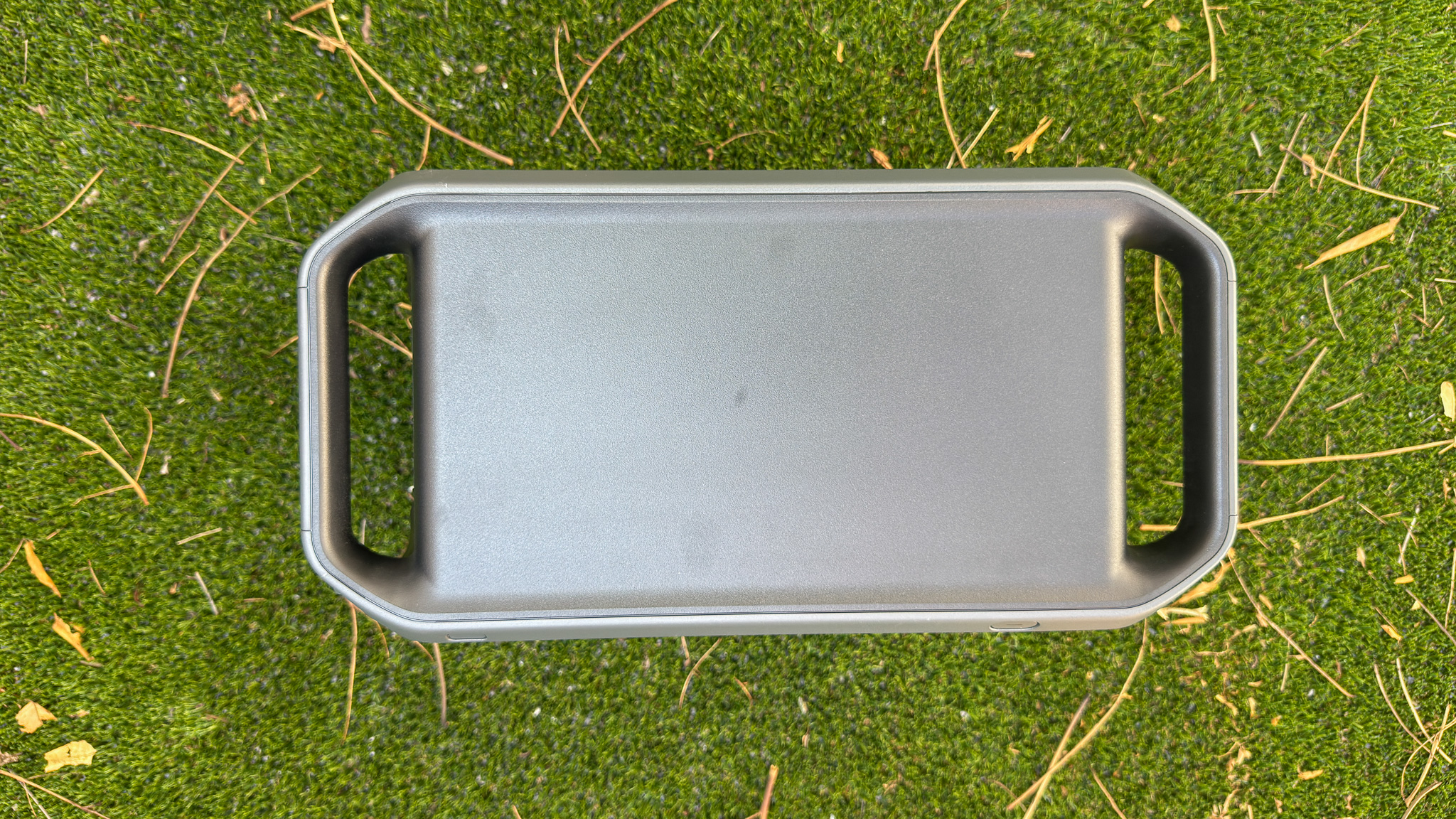
Here's how long it lasted
For connectivity, you’ve got three AC outlets, a 12V car port, four USB Type-A ports, and four USB Type-C ports (two at 60W and two at 100W). The Power 2000 also doubles as a UPS. I can keep “essentials” like my Wi-Fi router plugged in while the Power 2000 remains connected to wall power.
If I ever lose grid power, the Power 2000 automatically switches over to its internal battery in just 0.01 seconds. That’s practically instant, and means I won’t lose my internet.
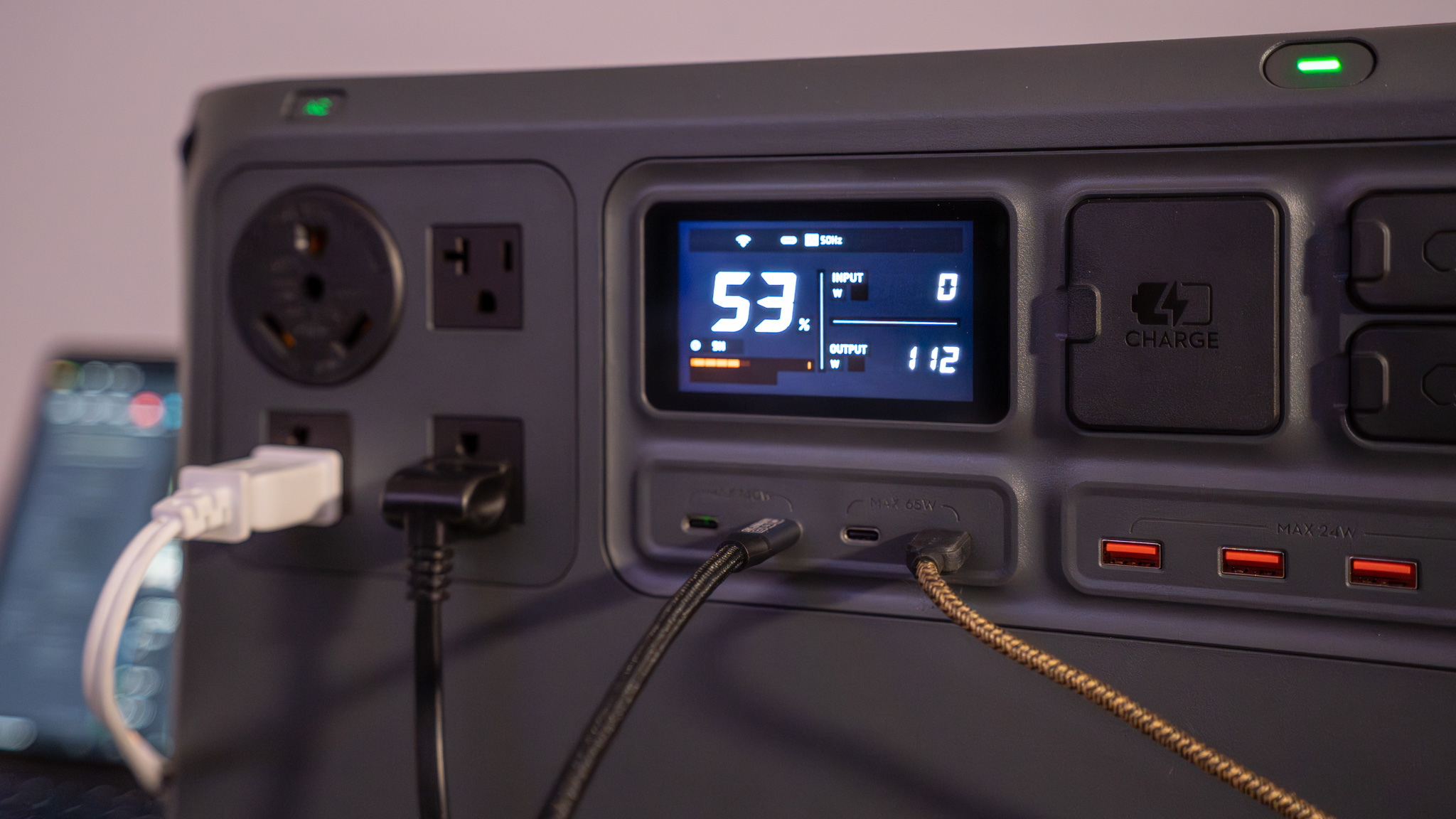
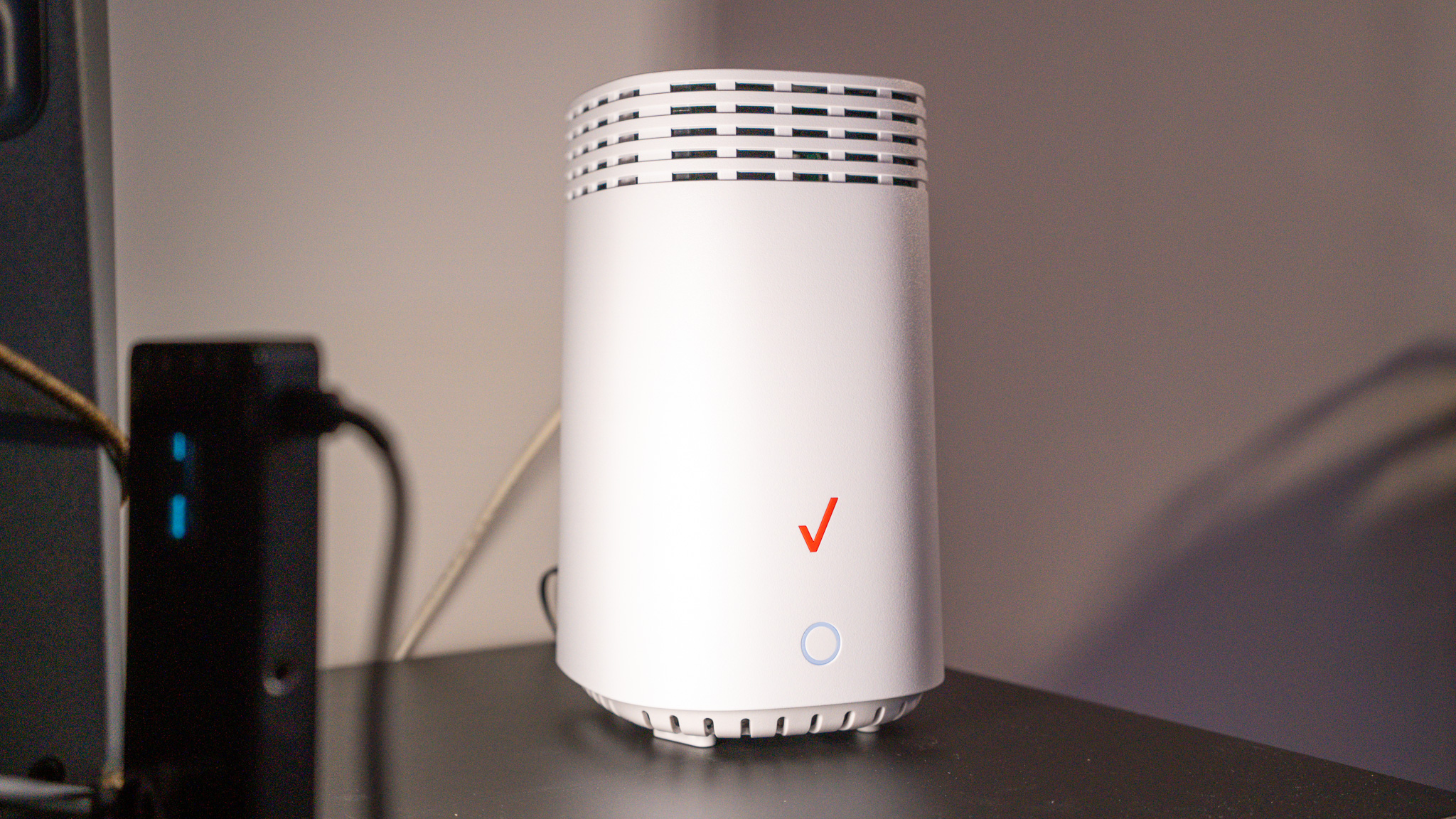
For more context, DJI also lists some estimated runtimes for other common devices: up to 114 charges for a mobile phone, 64 charges for a camping light, about 110 minutes for a coffee machine, 18 hours for a projector, 38 hours for a car refrigerator, or 18 hours for an electric fan. Of course, real-life results always vary depending on exactly how much power your gear is drawing.
DJI Home App
The Power 2000 uses the DJI Home app to let you monitor power levels, toggle AC outputs, and manage add-ons like expansion batteries or fast chargers. The interface is pretty clean and familiar if you’ve used DJI gear before, giving you access to firmware updates, charging status and warranty information.
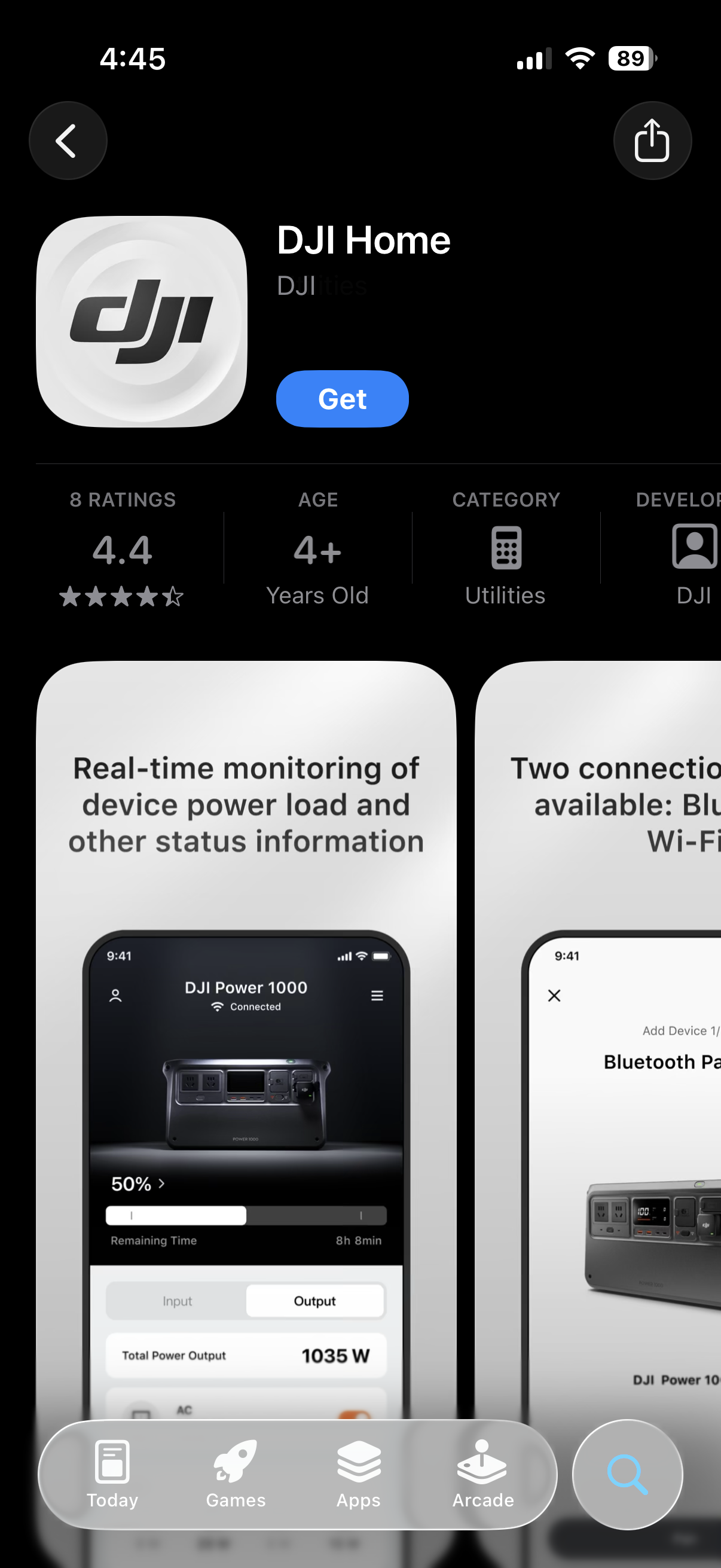
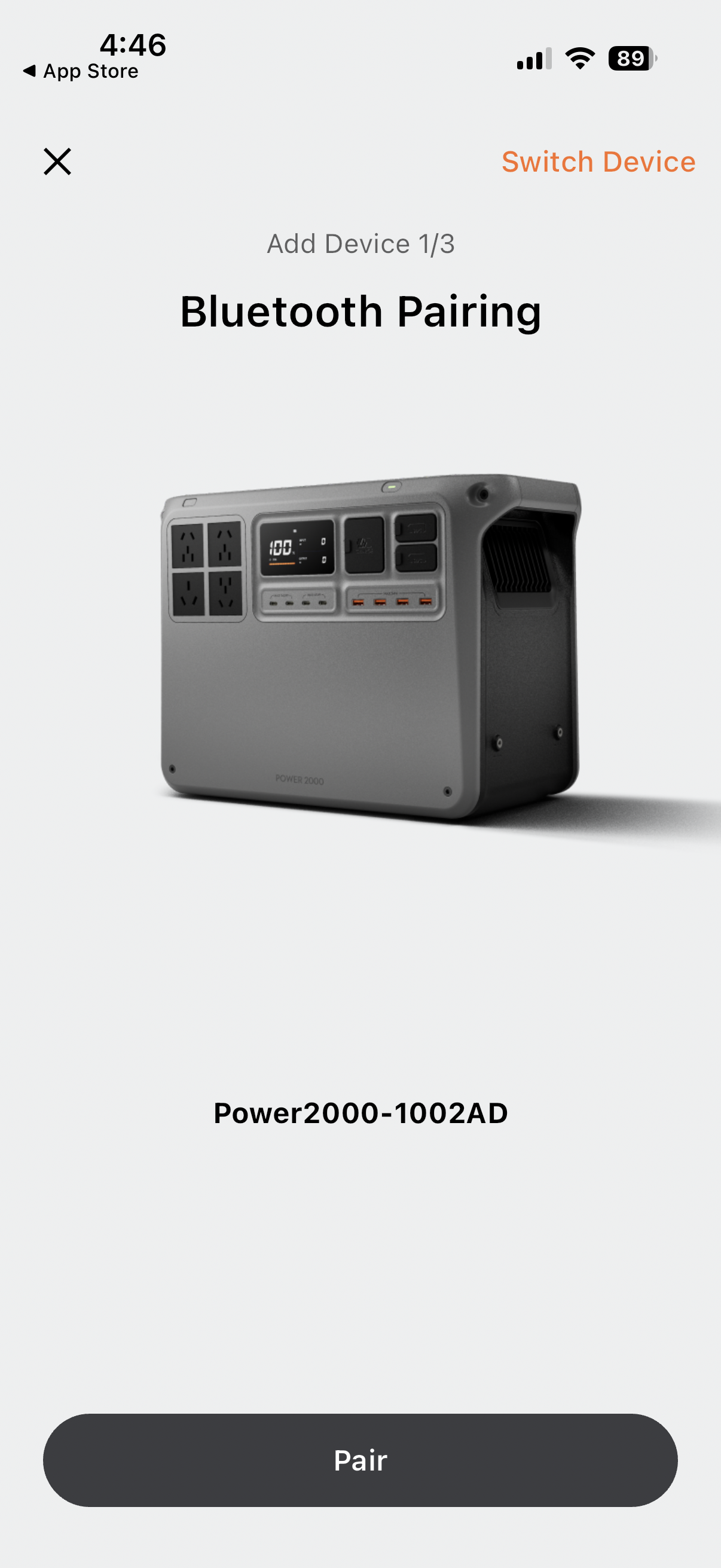
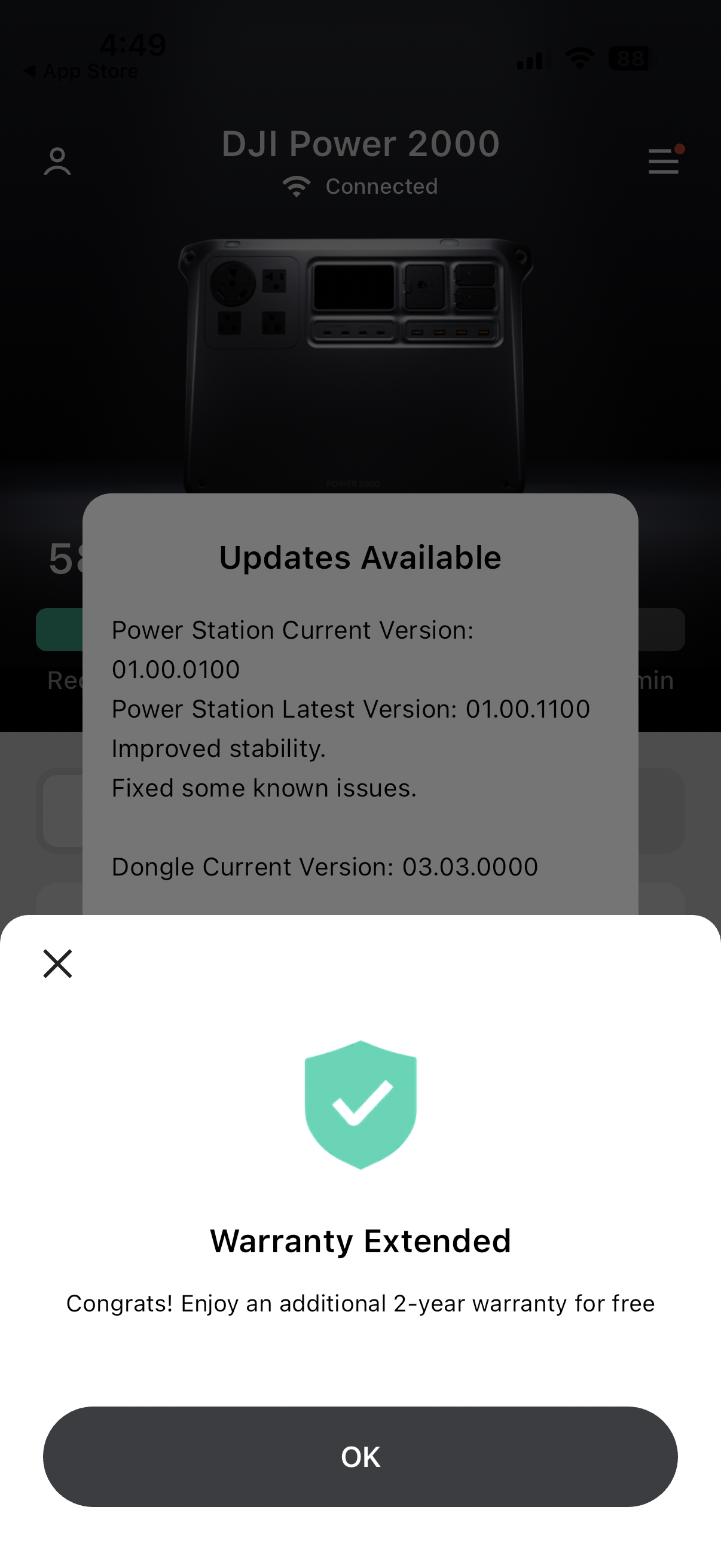
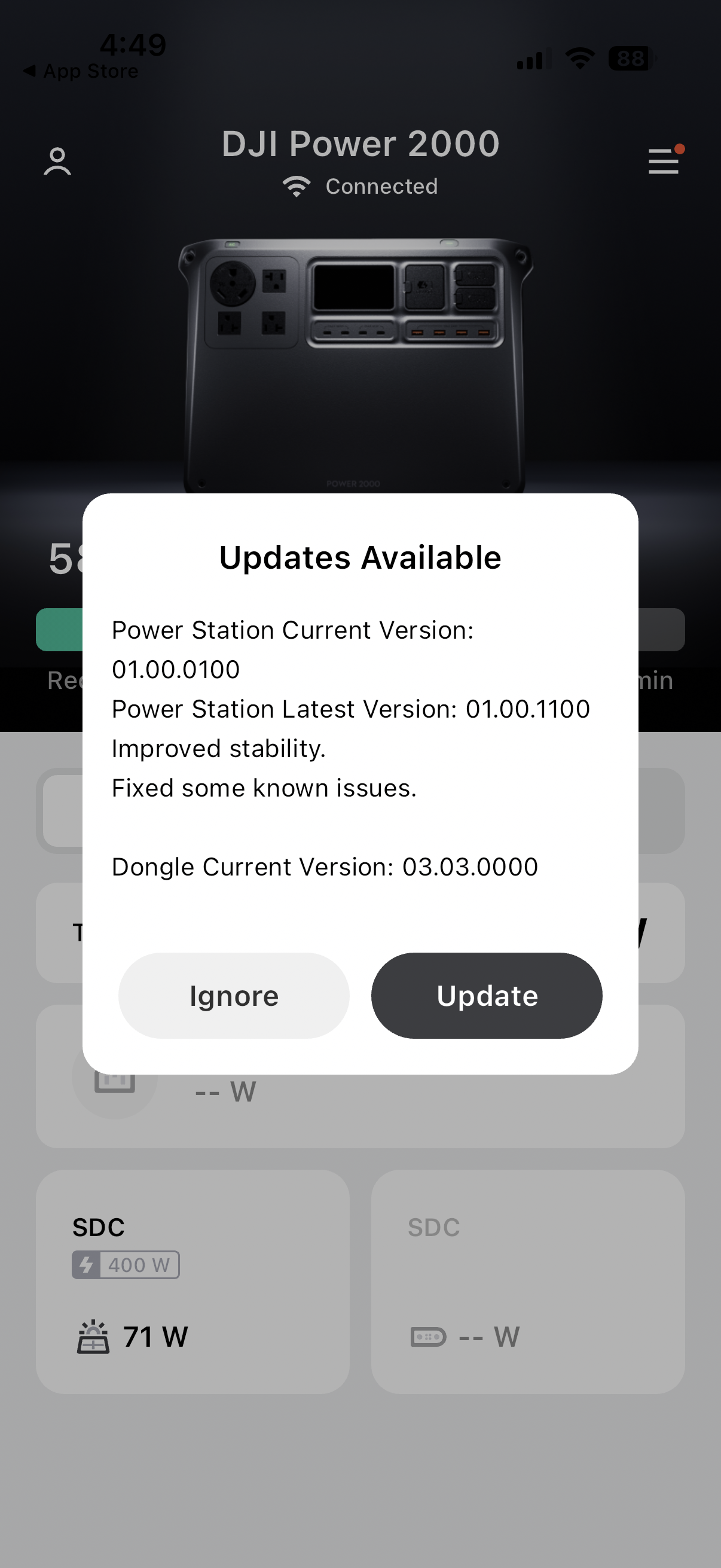
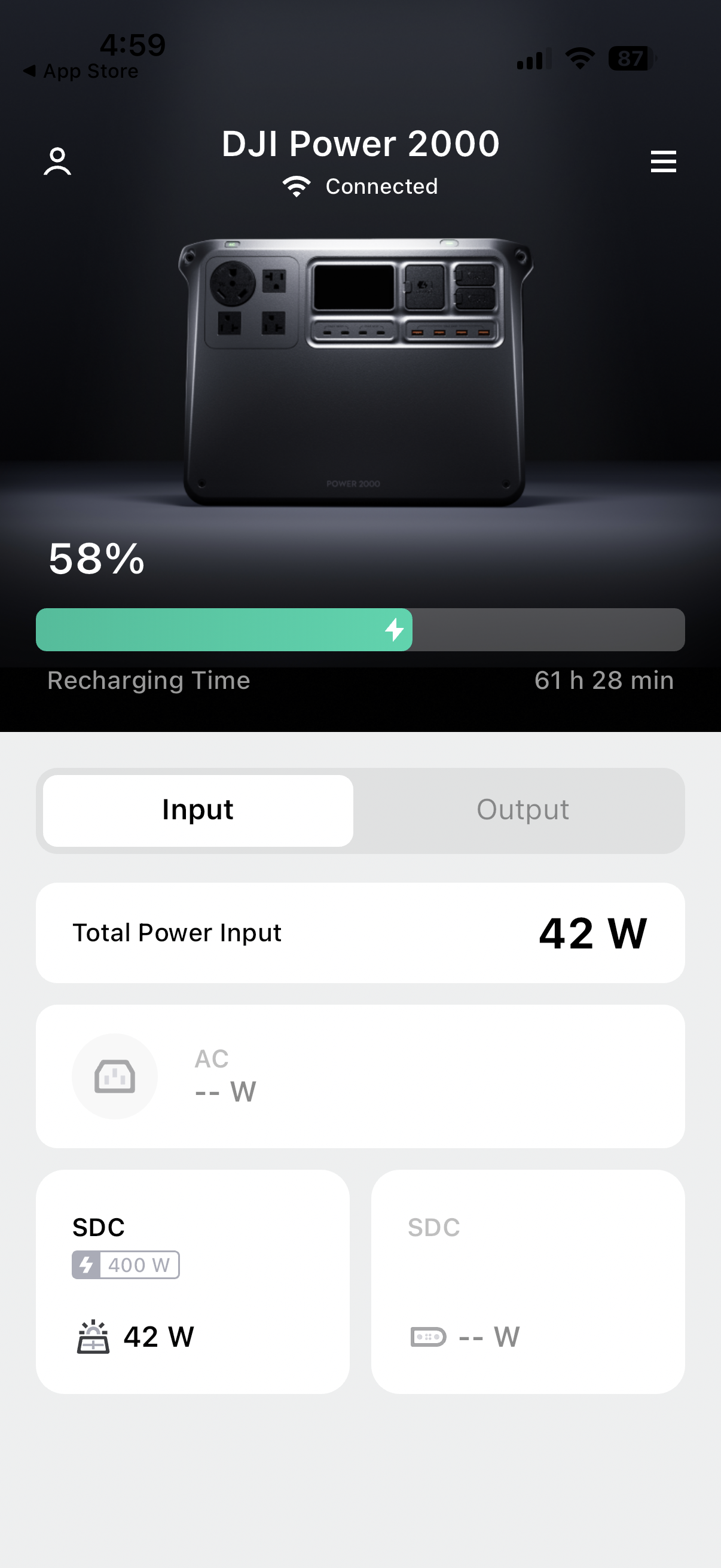
Solar charging
Solar can be a great way to extend your backup power during longer outages, but unless you’re maxing out its 1,200W solar input—which could theoretically charge the Power 2000 to full in under two hours—it’s going to be more of a trickle charge. The Power 2000 uses standard MC4 connectors for solar input, which is the most common connector type for portable solar panels.
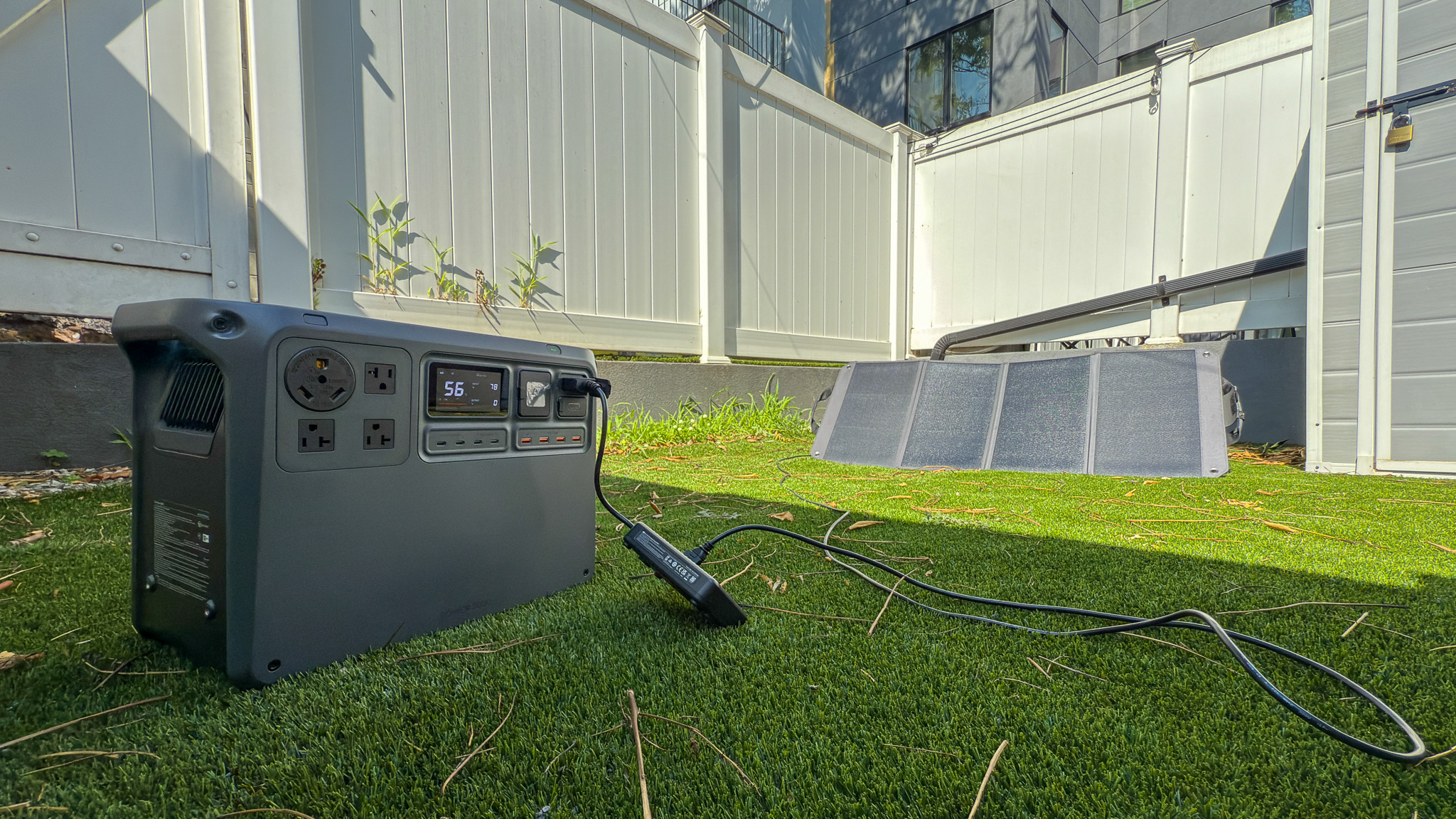
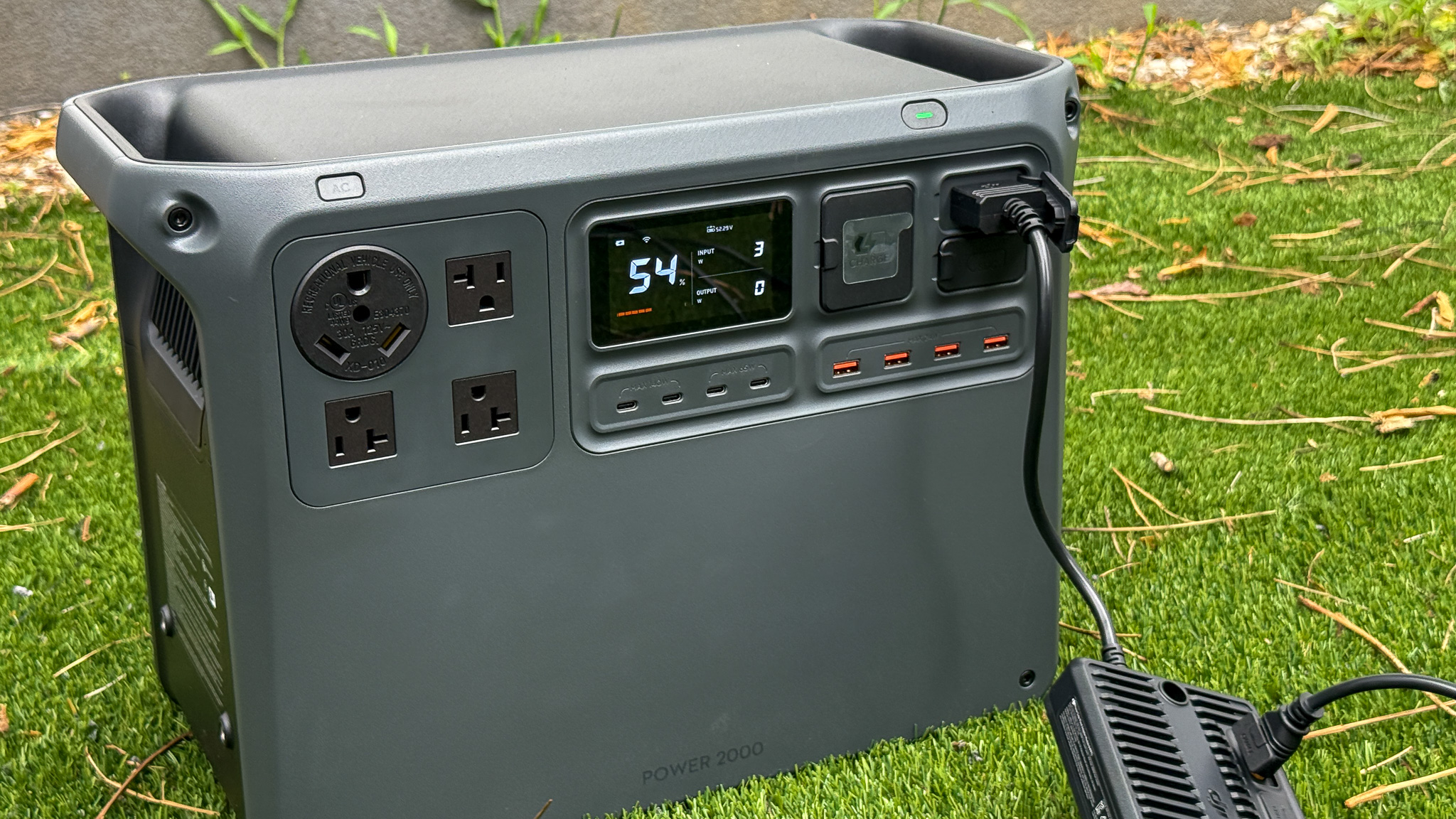
DJI offers the optional Zignes 100W Solar Panel for $209. With just one of these, you’d be looking at around 20 to 22 hours of perfect sunlight to fully recharge the Power 2000 from empty. But if you’re not drawing too much power from it, even a lower solar input can significantly slow down how quickly the battery depletes.
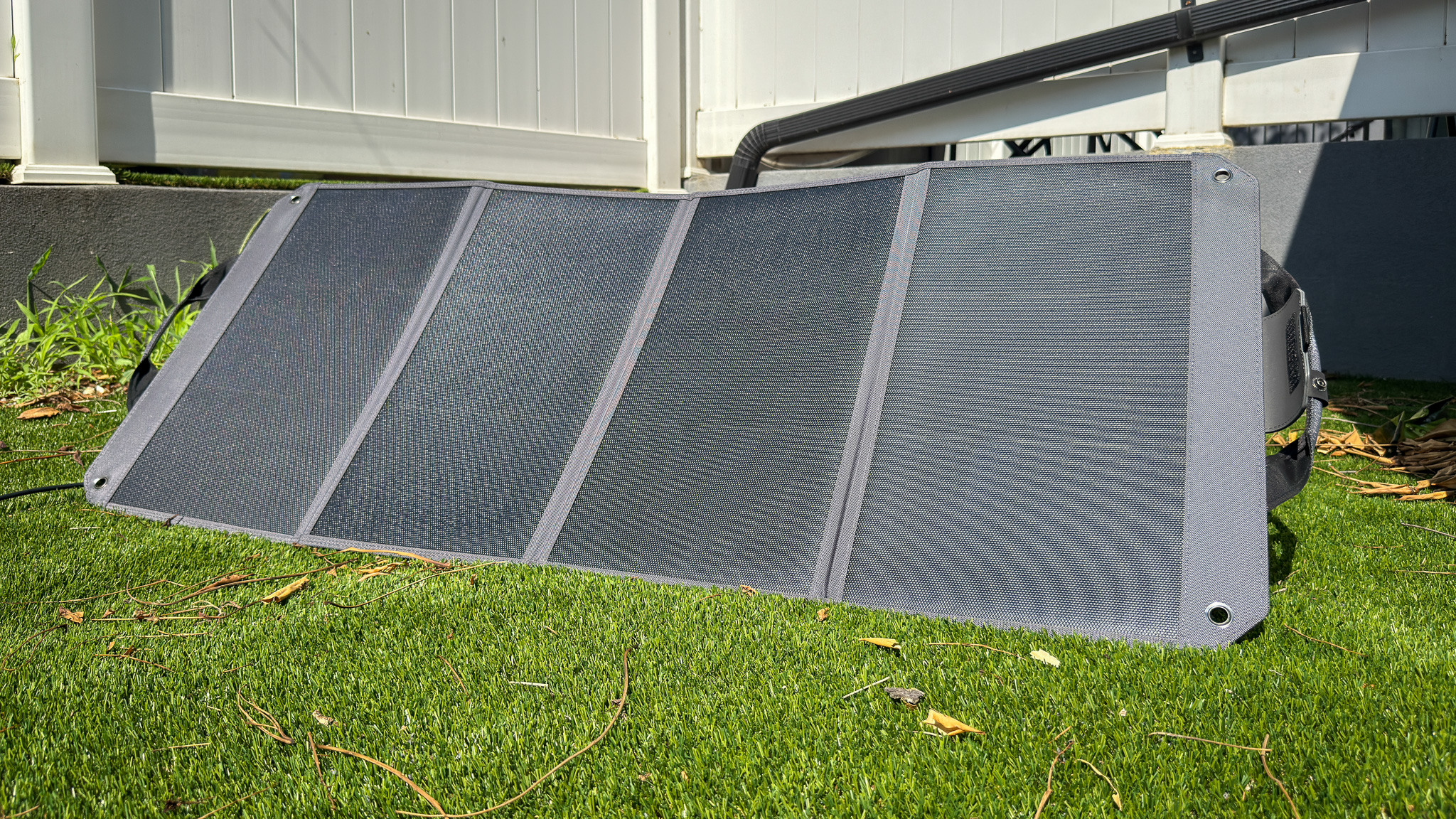
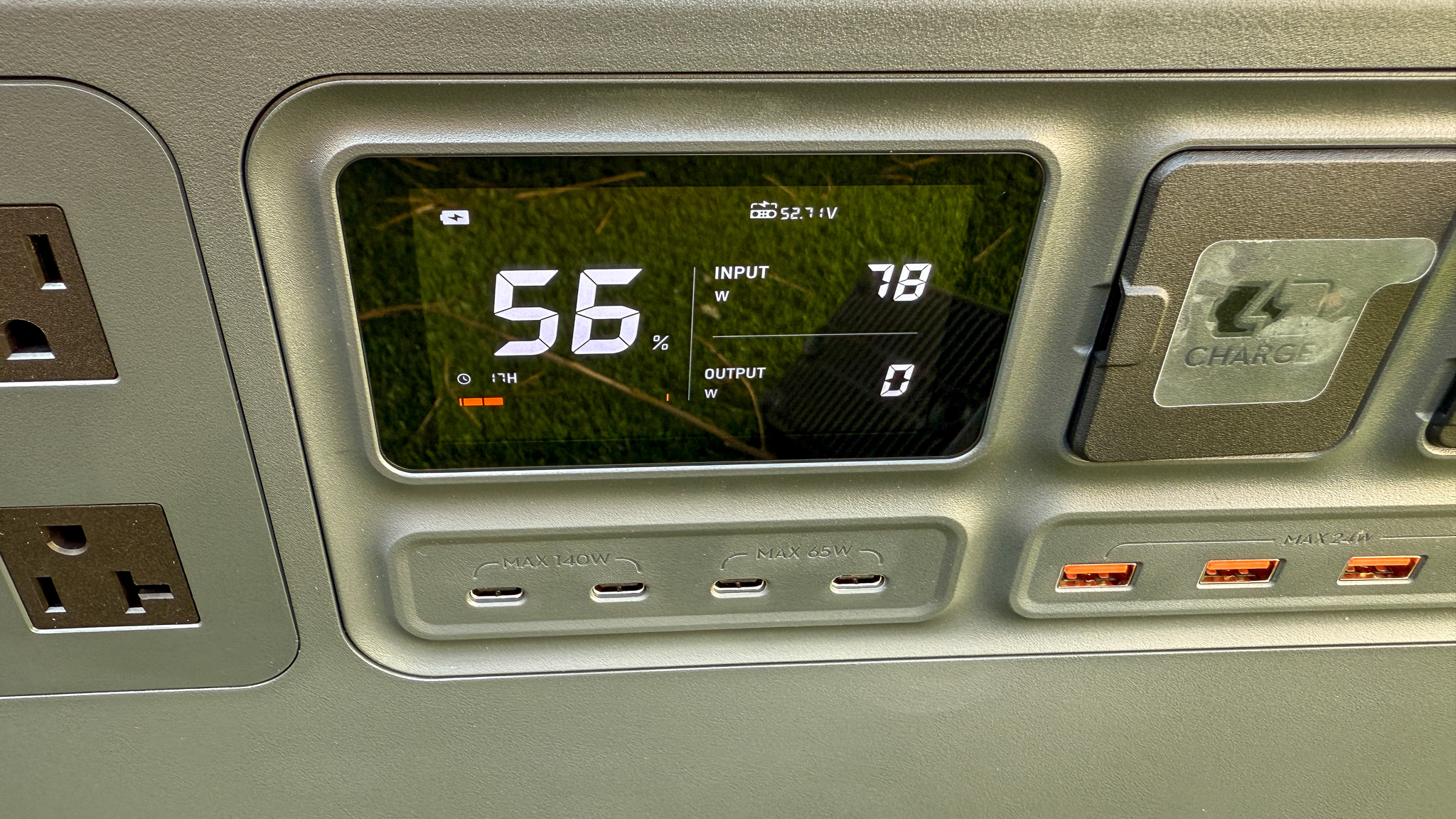
In my tests, I was able to max out at around 78-80W of solar input from the panels in what looked to me like optimal placement to the sun.
An unlikely hero in a blackout
When on sale, I've seen the Power 2000 for as low as $899. That puts it right in the mix with popular rivals like the Jackery Explorer 2000 Plus, which sometimes drops as low as $879 depending on promos. And it’s fascinating to see DJI—better known for drones—step into a market dominated by names like Jackery, Bluetti, and EcoFlow. It shows just how mainstream these power solutions are becoming.
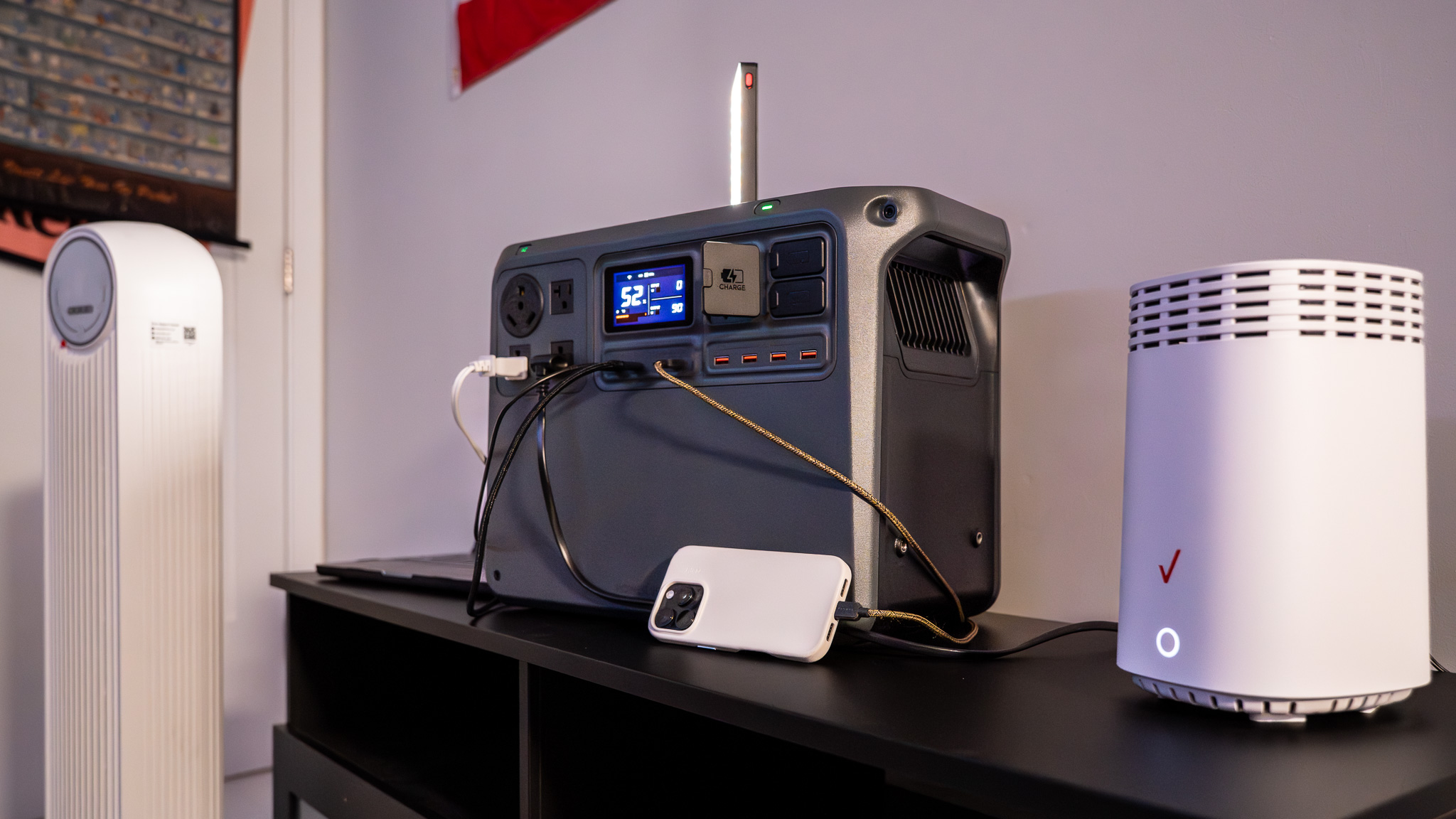
With the continued uncertainty of NYC’s power situation, I at least know I can keep the essentials running with my power station. At the end of the day, it’s a little wild that the same company that makes flying cameras also helped me survive a heatwave blackout. But I’m not complaining.
More from Tom's Guide
- Over 200 million Amazon Prime customers warned about scammers
- I can't wait to see 'Superman' again — but there's 3 things that are bugging me a week later
- You've been prompting ChatGPT all wrong — 3 expert tips you need to know

Paul Antill is a Video Producer and Content Creator at Tom's Guide, specializing in video/audio recording, smart home technology, and laptops. His passion lies in making tech coverage not just informative but also fun and accessible to everyone answering the question “Why does this new product or feature matter to me?” Paul has been a tech host and video producer since 2019 where he has also covered major tech and gaming events. His love for tech and video began on his YouTube channel where for the low price of one subscription he shares head-to-head comparisons and clever ways to make the most of your gear. You can also see the behind-the-scenes and the magic that goes into our Tom’s Guide videos over on his Instagram. Paul graduated from the Mason School of Business at William & Mary, Williamsburg, VA, with a degree in Marketing and Business Analytics. When he's not on camera, you’ll probably still spot him behind one doing street photography and videography. Back home he’s probably in a heated Overwatch 2 match with his friends.
You must confirm your public display name before commenting
Please logout and then login again, you will then be prompted to enter your display name.
